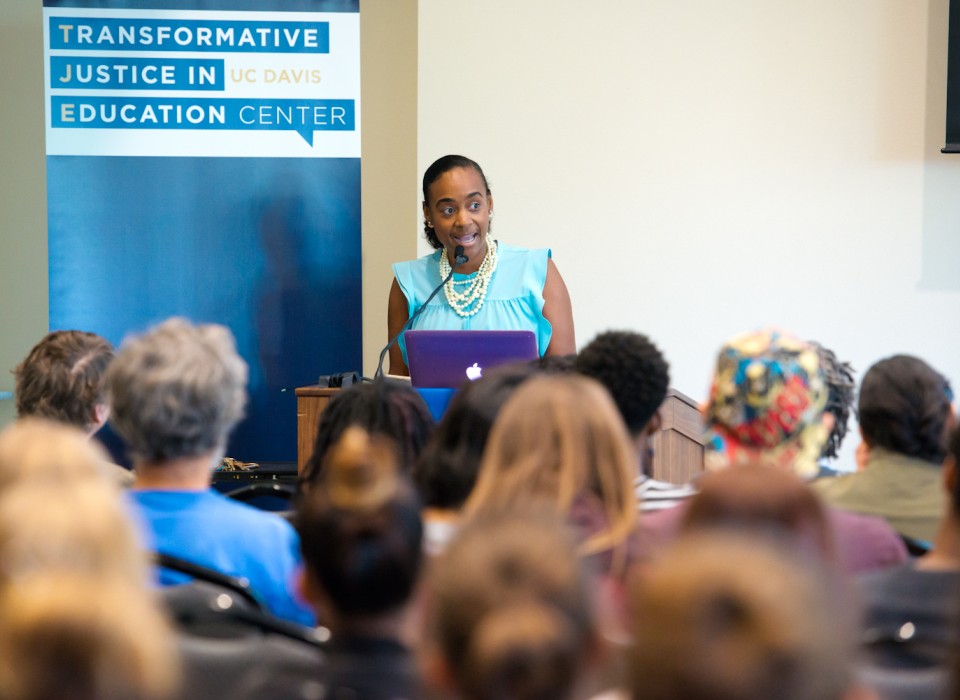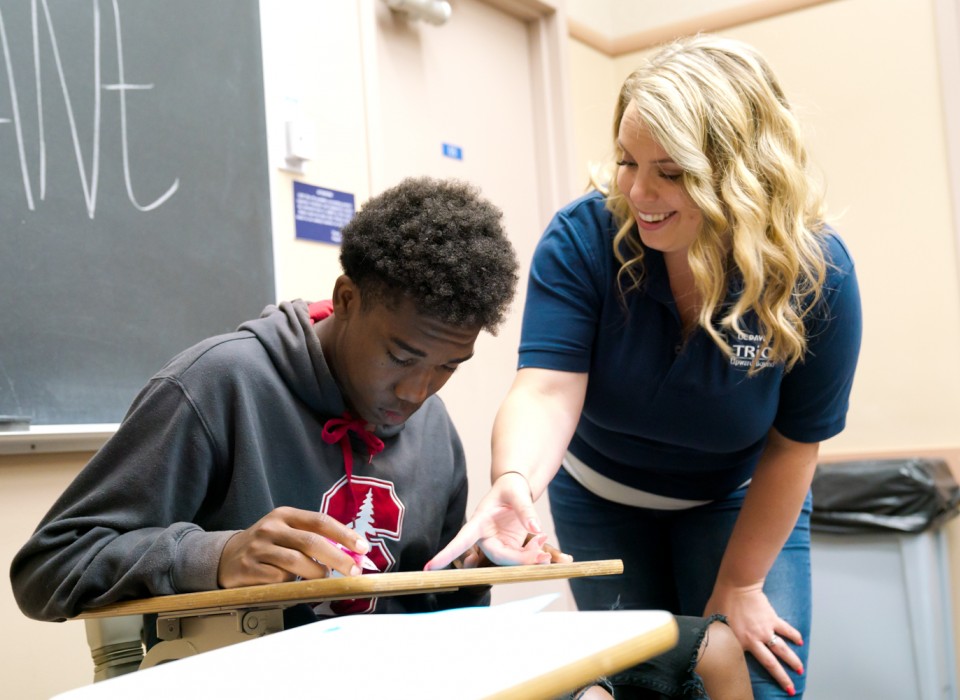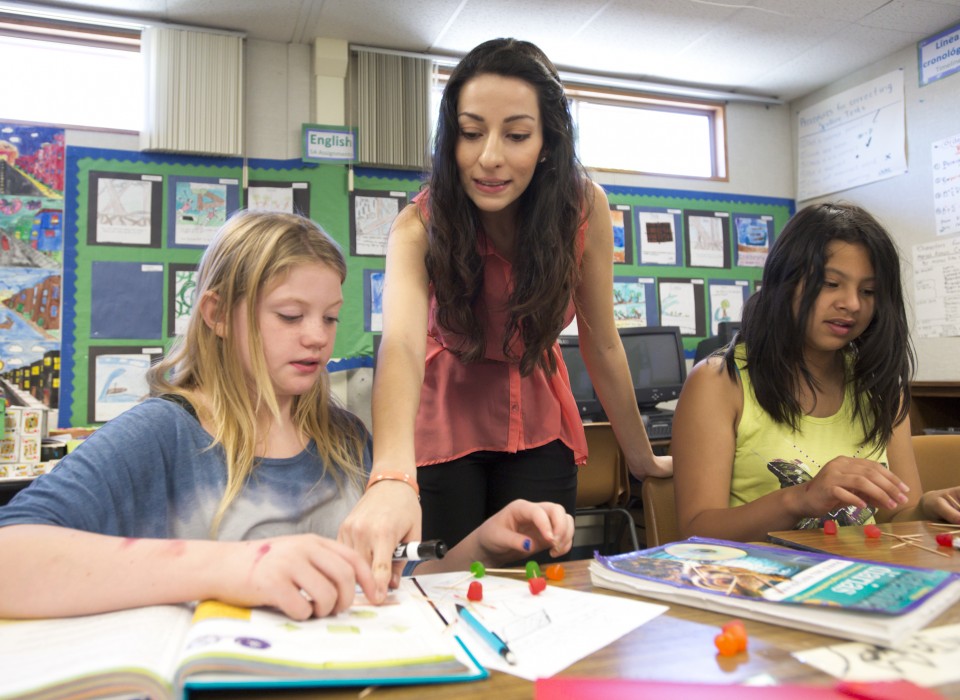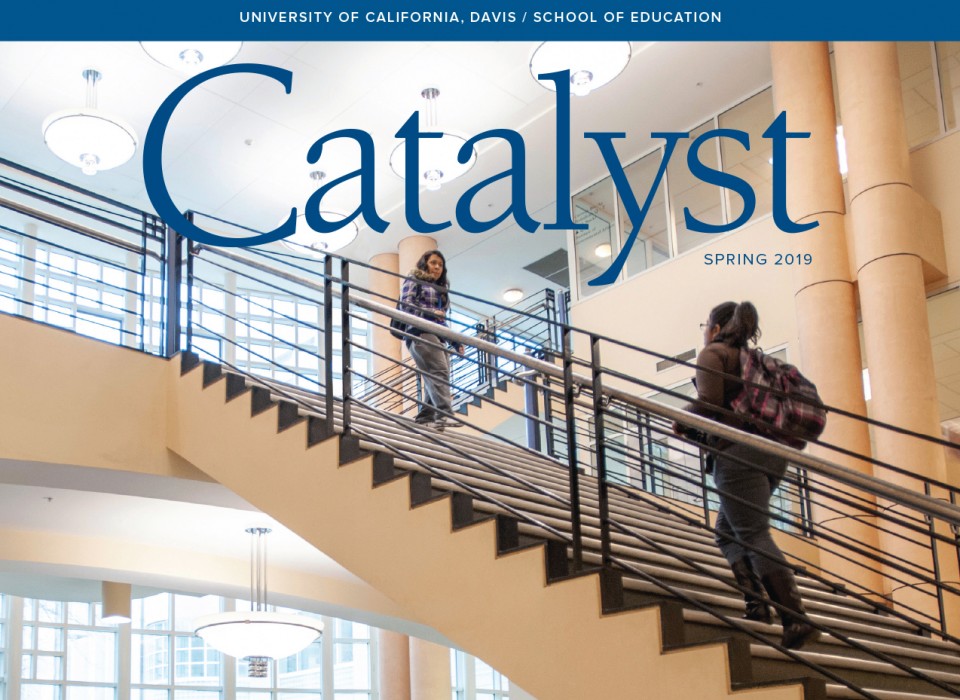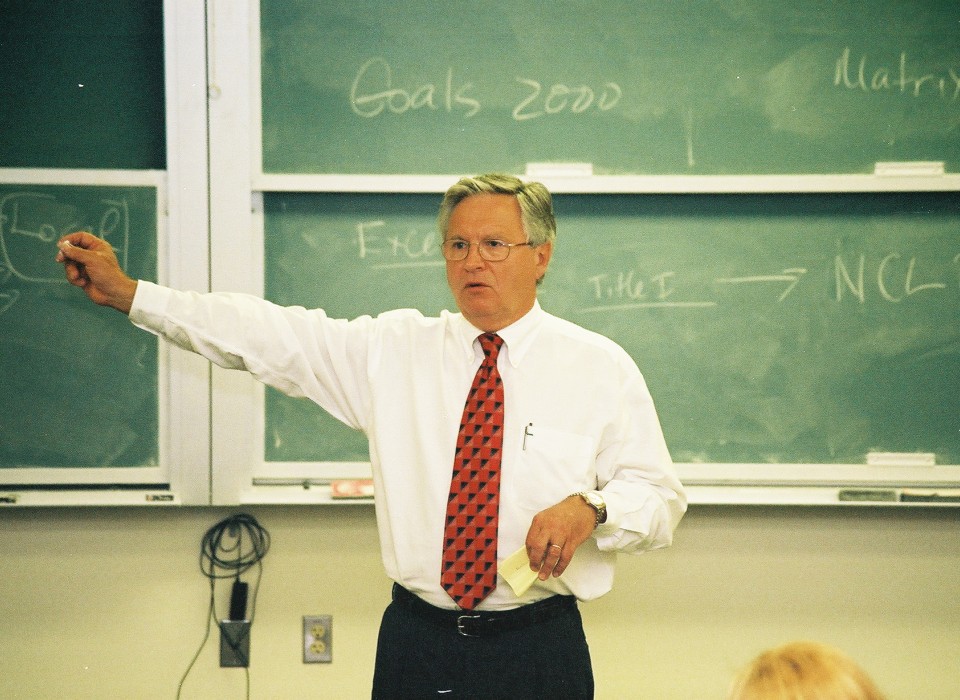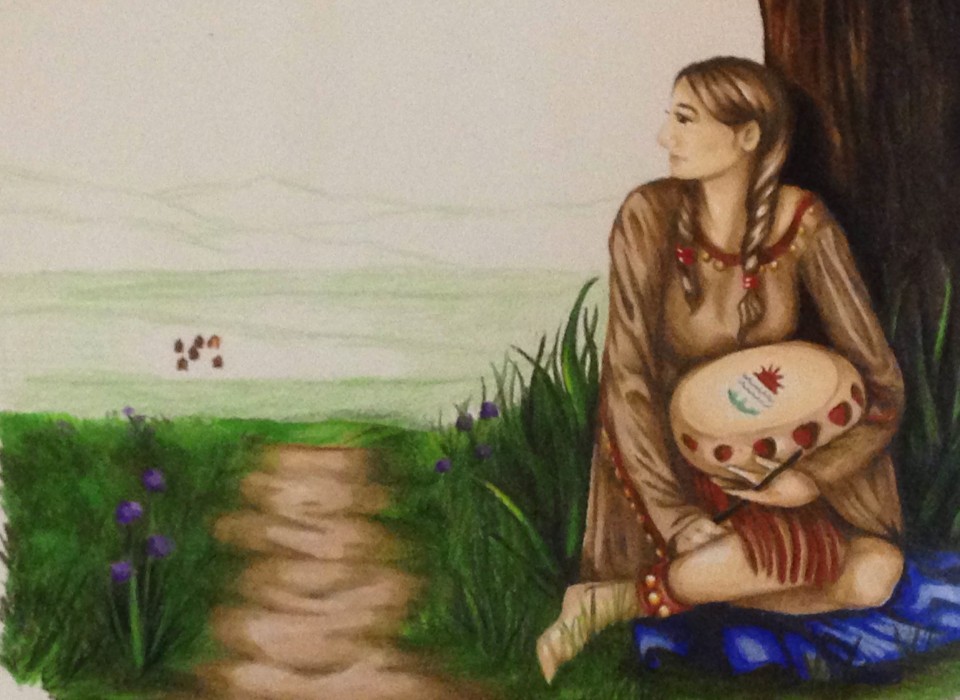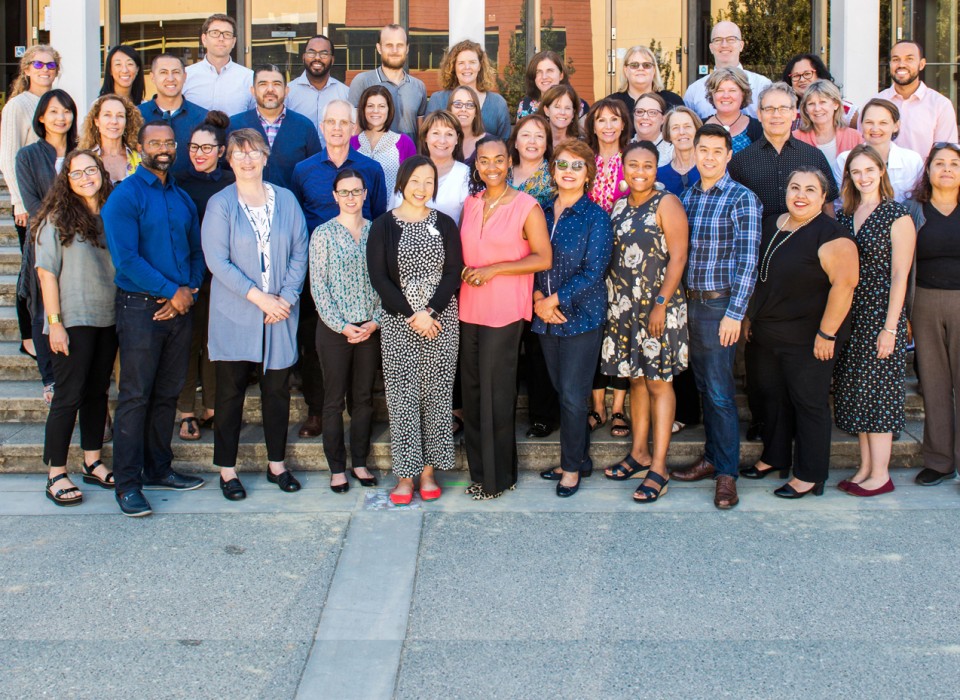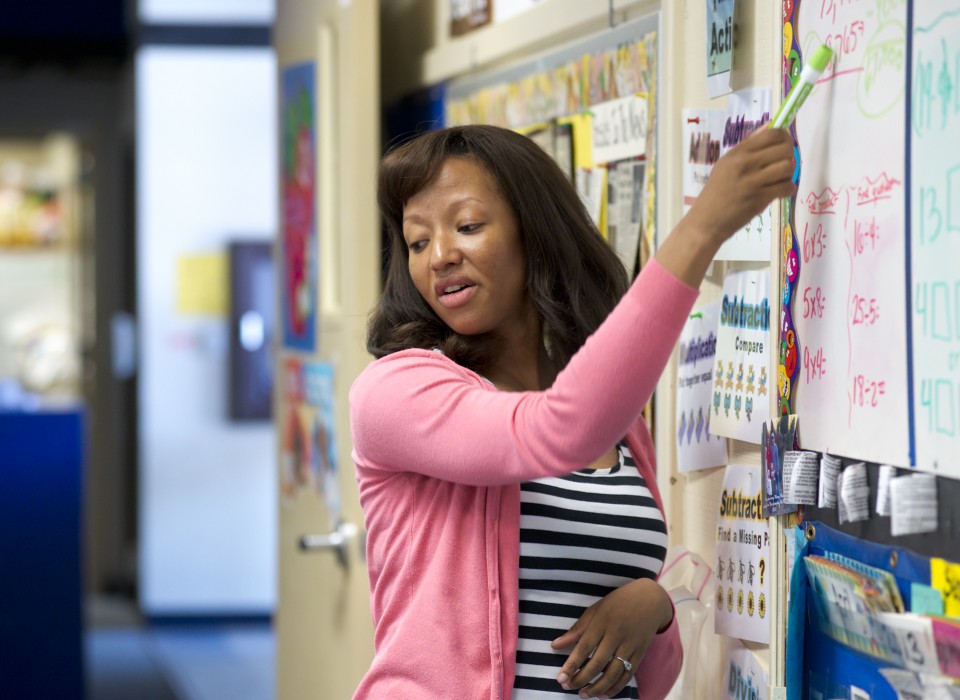Project Update: Caring for Clear Lake project closing reflections
Looking back at the last two years
 With the Caring for Clear Lake
project coming to an end this July, the UC Davis team reflects on
collaborating with Tribes and the community in
co-developing environmental education materials that integrate
local participatory science projects. We share how the
community engagement process evolved
and guided the frameworks used for structuring the
materials. Lessons learned from the last two years can
inform the Center’s future work both in the region and
more broadly, as well as that of the
University and practitioners engaging in
community-based participatory science curriculum development.
With the Caring for Clear Lake
project coming to an end this July, the UC Davis team reflects on
collaborating with Tribes and the community in
co-developing environmental education materials that integrate
local participatory science projects. We share how the
community engagement process evolved
and guided the frameworks used for structuring the
materials. Lessons learned from the last two years can
inform the Center’s future work both in the region and
more broadly, as well as that of the
University and practitioners engaging in
community-based participatory science curriculum development.
The Caring for Clear Lake project is led by the UC Davis Center for Community and Citizen Science and Center for Regional Change, approved by the Blue Ribbon Committee for the Rehabilitation of Clear Lake (BRC). The project addresses a need expressed by the BRC for regionally accessible and culturally relevant environmental education (EE) materials that support existing non-formal education programming providing opportunities for youth stewardship. A full description of the project background, goals, and timeline can be found here.
Project Coordination
Talk with community members
 The best way to understand what is
happening in the community is to engage actively and
respectfully with a wide range of community
members. After researching and compiling a list of contacts
(listed
here), the UC Davis team listened to priorities and needs for
EE in the region (summarized
here). During this listening and learning period, some
community members expressed a concern about harmful legacies of
UC Davis of extracting knowledge and potential labor from an
already resource-strapped rural region of California for the
purposes of research. In order for this UC Davis team to
discontinue these harmful legacies, they pressed us to rethink
our own project priorities and timelines. If the UC Davis team
was to truly create an educational resource that addressed
community needs, and integrated local science projects and
resources, then the team should make concerted efforts to become
part of the community, as described below.
The best way to understand what is
happening in the community is to engage actively and
respectfully with a wide range of community
members. After researching and compiling a list of contacts
(listed
here), the UC Davis team listened to priorities and needs for
EE in the region (summarized
here). During this listening and learning period, some
community members expressed a concern about harmful legacies of
UC Davis of extracting knowledge and potential labor from an
already resource-strapped rural region of California for the
purposes of research. In order for this UC Davis team to
discontinue these harmful legacies, they pressed us to rethink
our own project priorities and timelines. If the UC Davis team
was to truly create an educational resource that addressed
community needs, and integrated local science projects and
resources, then the team should make concerted efforts to become
part of the community, as described below.
Prioritize response to community feedback over project timeline
 Originally the project included two
pilot periods – one in fall of 2023 and another in spring 2024.
Based on this important community feedback, the UC Davis team
opted to do one pilot phase, and focus our efforts on
relationship-building. Summer 2023 included investment and
attendance at Tribal events from Robinson Rancheria, Scotts
Valley Band of Pomo Indians, and Big Valley Band of Pomo Indians.
In-person attendance at Konocti Unified School District’s
District English Learner Advisory Committee and Lake County
Resource Conservation District board meetings broadened our
reach. The UC Davis team organized a Tribal Environmental
Education Advisory Committee and coordinated four meetings
in year two. This process was vital for incorporating Tribal
leadership and expertise, and serving Tribal educational
interests. One UC Davis team member also attended organizing
meetings for a regional science symposium event, further
connecting to local scientists and activists in being able to
support local work.
Originally the project included two
pilot periods – one in fall of 2023 and another in spring 2024.
Based on this important community feedback, the UC Davis team
opted to do one pilot phase, and focus our efforts on
relationship-building. Summer 2023 included investment and
attendance at Tribal events from Robinson Rancheria, Scotts
Valley Band of Pomo Indians, and Big Valley Band of Pomo Indians.
In-person attendance at Konocti Unified School District’s
District English Learner Advisory Committee and Lake County
Resource Conservation District board meetings broadened our
reach. The UC Davis team organized a Tribal Environmental
Education Advisory Committee and coordinated four meetings
in year two. This process was vital for incorporating Tribal
leadership and expertise, and serving Tribal educational
interests. One UC Davis team member also attended organizing
meetings for a regional science symposium event, further
connecting to local scientists and activists in being able to
support local work.
Budget considerations
From the back end of the project, offering compensation for extended time towards this project helped strengthen these community relationships. Providing the budget as well as prioritizing time dedicated to in-person attendance at events and meetings went far, as community members repeatedly saw familiar faces investing effort to be in the region. These in-person opportunities allowed for candid one-on-one conversations which provided space for folks to share thoughts that likely would not have in group or virtual settings. Community feedback was prioritized further by scheduling in-person meetings to discuss pilot evaluation survey comments and responses.
Reflecting community feedback in the work
 As this project is in service to
the community, it was vital that the UC Davis team not only
provide opportunities for community feedback, but also
demonstrate the ways their feedback was responded to. The UC
Davis team made many project components visible through the
Google site, and provided project updates through the CCCS blog
(available
here). Relationships with individuals that actively
participated in the review process also contributed to informal
dialogue via email, phone, and in-person conversations. The UC
Davis team compiled a summary of the next step ideas
generated by the community from these relationships in addition
to online evaluation survey comments (available
here).
As this project is in service to
the community, it was vital that the UC Davis team not only
provide opportunities for community feedback, but also
demonstrate the ways their feedback was responded to. The UC
Davis team made many project components visible through the
Google site, and provided project updates through the CCCS blog
(available
here). Relationships with individuals that actively
participated in the review process also contributed to informal
dialogue via email, phone, and in-person conversations. The UC
Davis team compiled a summary of the next step ideas
generated by the community from these relationships in addition
to online evaluation survey comments (available
here).
Community ownership
It was always integral for the project’s modules to be housed by a local organization and/or Tribe, and the relationship-building was foundational to this effort. Multiple open conversations on housing the project’s materials facilitated by the UC Davis team, including a public meeting and the fourth TEEAC meeting, helped to center priorities on regional environmental stewardship. Under guidance from these meetings, the UC Davis team identified a local partner, Lake County Office of Education, to house and maintain the project materials (available here). The partner will also lead the way for any future project phases if desired.
Environmental Education Materials
The modules themselves have incorporated elements for addressing equity and access:
- All project environmental education materials are accessible through a Google site (accessed here).
- All modules highlight community- and Tribal-centric stewardship ethics.
- Each of the four modules are themed on environmental topics drawn from conversations with community members.
- Each module has five activities with the sequence ordered on the research-backed 5E Instructional Model, which is broadly utilized in environmental education programming.
- Each module integrates lessons from the Lake County Office of Education’s Lake County Strong curriculum, an existing hyper-local resource co-developed with Tribes that can be used by both educators and families.
- All activities utilize resources from the community (archived here).
- Activities utilize participatory science projects that are available throughout the region, including two actively utilized by Tribes.
- Where needed, modifications for completing the activities without internet or technological devices are described. This is a response to the sometimes limited internet and technology access in the region.
- A youth-driven pathway for engaging in the materials is described and indicated with an icon on select activities. This gives the community more versatility to utilize the activities in ways that fit more settings, as well as build out the pathway in potential future project phases.
Thank You
After working closely with community partners over the last two years, the project team extends our deepest appreciation for every conversation, resource shared, idea offered, venue recommended, iNaturalist observation uploaded, and so much more. From the beginning we were astounded that folks replied to our cold emails to talk to us about EE in the region, and over the course of the two years we were inspired by meeting some of the most dedicated, hard-working people working to restore Clear Lake. Our wish is that you see your efforts reflected back to you in this project’s materials. This project brought together many EE experts in the region, and we hope this collaboration plants the seed for more EE to grow in the future. Thank you for your contributions.

